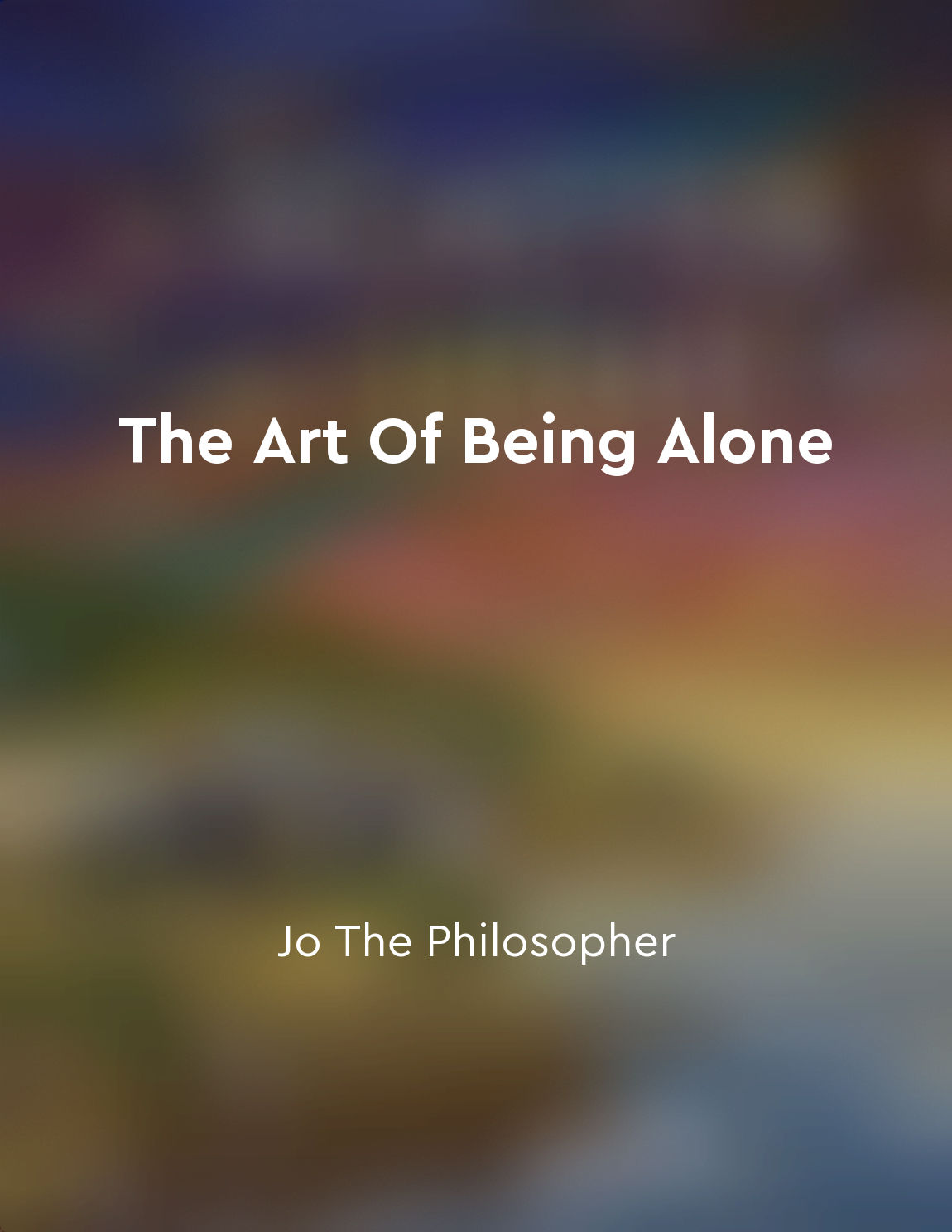Audio available in app
The practice of silent illumination in Zen meditation involves sitting in stillness and allowing thoughts to arise and fall away from "summary" of Dogen's Manuals of Zen Meditation by Carl Bielefeldt
In the practice of silent illumination in Zen meditation, the meditator is encouraged to sit in stillness, allowing thoughts to arise and fall away. This practice involves a deep commitment to being present in the moment, without getting caught up in the endless stream of thoughts that pass through the mind. By sitting in stillness, the meditator can cultivate a sense of inner peace and calm, even in the midst of the chaos of daily life. Silent illumination is not about suppressing thoughts or forcing the mind to be quiet. Instead, it is about observing the thoughts that arise with a sense of detachment and letting them go. This practice helps the meditator to develop a greater awareness of the workings of the mind, and to cultivate a sense of openness and receptivity to whatever arises in the present moment. By sitting in stillness and allowing thoughts to come and go, the meditator can begin to see the impermanent nature of all things. This awareness can lead to a deep sense of liberation from the constant striving and grasping that often characterize human existence. In the stillness of meditation, the meditator can find a sense of peace and contentment that transcends the ups and downs of everyday life.- The practice of silent illumination in Zen meditation is about learning to be fully present in each moment, without getting caught up in the stories and dramas of the mind. It is a practice of deep inner listening and receptivity, allowing the meditator to connect with the underlying stillness and silence that is always present beneath the surface of our busy minds. Through this practice, the meditator can cultivate a sense of inner peace and freedom that is not dependent on external circumstances.
Similar Posts
Buddha's teachings are not about following blindly but about questioning and finding answers within ourselves
The teachings of Buddha are not meant to be blindly followed. They are not commandments that one must unquestioningly obey. Ins...
Keep a journal
Documenting your thoughts and experiences in a journal can be a powerful tool for personal growth and self-reflection. By regul...
Take risks and step out of your comfort zone
Life is made up of moments that define who we are and what we are capable of achieving. These moments often come when we take r...
Gratitude enhances the practice of mindfulness
Practicing gratitude can greatly enhance our experience of mindfulness. When we cultivate a sense of appreciation for the prese...
Traveling can offer a unique opportunity for inner reflection
In our fast-paced world, it's easy to get caught up in the hustle and bustle of our daily lives. We often find ourselves consta...

Find inner peace by spending time alone
In the hustle and bustle of our daily lives, we often find ourselves surrounded by noise and distractions. We are constantly bo...
Practice lovingkindness and compassion
The practice of lovingkindness and compassion is a fundamental aspect of the spiritual path. It is a way of relating to ourselv...
Reflect on past mistakes and lessons learned
As I sit here, looking back on my past, I can't help but reflect on the mistakes I've made and the lessons I've learned along t...

